Alwin Homeier of COLONEUM Antik tells us why you can never go wrong with Biedermeier
Biedermeier & Beyond
-
Inside Coloneum Antik
Photo © Coloneum Antik
-
Rare Half Moon Cabinet in Cherry Wood, c. 1800-1810
Photo © Coloneum Antik
-
Biedermeier Shovel Chairs with Walnut Veneer, c. 1860s
Photo © Coloneum Antik
-
Empire Commode with Caryatids, c.1815
Photo © Coloneum Antik
-
Biedermeier Walnut and Ash Veneer Armoire, c. 1820
Photo © Coloneum Antik
-
Biedermeier Mirror, c. 1820
Photo © Coloneum Antik
-
Biedermeier Secretaire in Cherry Veneer, c. 1820
Photo © Coloneum Antik
-
Biedermeier Half Mood Table in Cherry, c. 1825
Photo © Coloneum Antik
-
Biedermeier Armchair, c. 1830
Photo © Coloneum Antik
-
Biedermeier Mahogany and Maple Gondola Stool, c. 1835
Photo © Coloneum Antik
-
Biedermeier Box with Ebonized Inlays, c. 1840
Photo © Coloneum Antik
-
Art Deco Tubular Steel and Glass Étagère, c. 1950s-70s
Photo © Coloneum Antik
-
Art Deco Side Table with Rosewood, Ebony, and Black Glass, c. 1930s
Photo © Coloneum Antik
-
Belgian Art Deco Buffet, c. 1930
Photo © Coloneum Antik
-
Art Deco Club Chair in Black Piano Lacquer, c. 1930s
Photo © Coloneum Antik
-
Art Deco Table Lamp in Copper and Rosewood, 1930s
Photo © Coloneum Antik
-
Art Deco Black Panther
Photo © Coloneum Antik
-
Art Deco Cabinet, in Amboyna, Leather, and Brass, c. 1930
Photo © Coloneum Antik
In Eastern Bavaria, at the confluence of the Danube, Naab, and Regen rivers, you’ll find the charming town of Regensburg. There, in the medieval town center, you’ll find COLONEUM Antik, an inviting antiques shop that was founded over 30 years ago by antiques expert Alwin Homeier. A few years, Alwin’s son David joined the family business and opened the collection to a wider audience through online platforms, but the specialization remains the same: Biedermeier, Art Deco, and Bauhaus furniture, alongside an assortment of mid-century modern designs.
Though the Homeiers’ expertise spans a lengthy timeline—from the early 1800s to the mid-20th century—there is a clear thread that runs through every object they offer: clean lines, reduced ornamentation, rich materials, and timeless elegance. As a result, the vast array of antiques offered by COLONEUM Antik just so happens to look totally at home in contemporary interiors. In fact, Biedermeier designs
in particular pair so perfectly with modernist aesthetics, because many masters of 20th-century design were directly inspired by the movement’s refined simplicity.
Read on to learn more from Alwin about the enduring work of the Biedermeier era and its descendents.
When did you start Coloneum Antik, and what was the inspiration or vision for the business?
For me, it started in 1989. In my youth, I had already found a great passion for antiques and wanted to be self-employed. As an aesthetic person, over time I felt especially drawn to the beauty and artisanal craftsmanship of furniture from the early Biedermeier, Art Deco, and Bauhaus periods.
What originally drew you to Biedermeier, and why do you think the style remains so beloved 200 years later?
With Biedermeier furniture, I am most fascinated by the simplicity of the design forms and the natural allure of the woods. Such timelessness is the main reason for the ongoing popularity of this epoch.
For those that are unfamiliar, can you tell us about the Biedermeier movement—where did it come from, and why is its expression so simple compared to other decorative styles of era?
Two centuries ago, skilled carpenters in Central Europe worked with simple yet very efficient tools and built beautiful, exceptionally elegant furniture. Following the Napoleonic wars, European aristocrats wanted to live in a more “modern” way—that is, they wanted to modernize their private living spaces by turning away from the opulence of Baroque and Empire decoration. That’s how the style originated, among the aristocrats rather than among the bourgeoisie as is often thought.
In the Biedermeier style, ornamentation was reduced or omitted altogether, and the innate qualities of the woods became the focus. To emphasize the beauty of the grains—mostly fruitwoods—a high-gloss shellac polish was applied. We do this today when we restore pieces in our restoration atelier, replicating the traditional methods.
The term Biedermeier comes from the Munich newspaper Fliegende Blätter, which long ago published a cartoon about Gottlieb Biedermeier, a character made up by poets Ludwig Eichrodt and Dr. Adolf Kußmaul. The entire era was named after this popular figure in retrospect.
For collectors, it’s important to differentiate between the strict early Biedermeier (1815-1835) and the curvier and more opulent late Biedermeier (1835-1848), which is called Louis Philippe in Austria. There is also a distinction between the urban veneered furniture and rural softwood furniture.
Can you share an example of Biedermeier work from your collection and talk about why it’s special?
Yes, there are many pieces that stand out. But let’s take a Biedermeier Armoire, two-doored from South Germany around 1815-1820. The walnut veneer is book-matched with high precision. Running from the top cornice with the head-drawer over the doors and the protruding bottom down to the floor, it is perfectly veneered. The grain of the walnut wood interacts in absolute beauty with medium- to light-brown and yellow tones. Framed by two ebonized half-columns with gold-plated corinthian capitals. The dimensions (H 181 x W 115 x D 49.5 cm) are very well balanced. And the doors have been counter-veneered on the inside.
What is the relationship between Biedermeier work and the other kinds of design you specialize in, Art Deco and Bauhaus?
I classify every good work individually and with respect. I look for the best of Biedermeier as well as the best Art Deco and Bauhaus. We carry Biedermeier and modern furniture in a 50:50 ratio.
Each of these styles are very sought after, timeless, and valuable. Customers for Art Deco may skew slightly older, while younger customers often prefer Biedermeier. But most modernist lovers are attracted to Biedermeier because it is seen as the “invention of simplicity,” the earliest predecessor to the ideas that were embraced by the Bauhaus movement roughly 100 years later.
What kinds of interiors work best with Biedermeier antiques?
Biedermeier designs fit in every interior—whether an aging apartment or a contemporary house—thanks to the style’s elegant simplicity, functionality, and flexibility. Years ago, Biedermeier furniture was often paired with traditional wallpapers, but now we like these pieces best with parquet or stone floors, white walls, and high ceilings. Since they are not lush or oversized, these pieces have a great advantage; they are the easiest antiques to combine with modern and minimalist interiors.
Do you think that Biedermeier antiques are a good investment for collectors?
Yes, Biedermeier pieces—urban, pure, and high-quality—remain a great investment, similar to classic design furniture. You always get money back after years of enjoyment. This work has retained value in the market for decades. But one should always consult and buy from experts in order to make the best choices and get the best quality and originality. Under these conditions, one cannot go wrong with Biedermeier furniture.
All photos © COLONEUM Antik
More to Love
Biedermeier Shovel Chairs, Cherry Veneer, South Germany, 1820s, Set of 4

Biedermeier Black Velvet & Cherry Wood Armchair, 1830
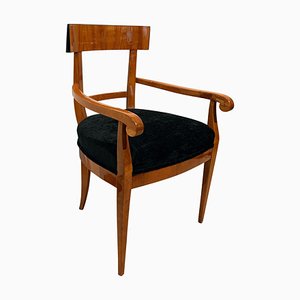
Biedermeier Demi-Lune Fold-Out Table with Cherry Veneer, 1820s
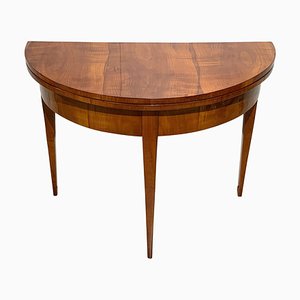
Small Art Deco Commode or Chest, Walnut Veneer and Brass, France, 1930s
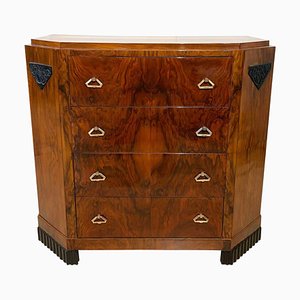
Small French Art Deco Sideboard, Macassar and Black Lacquer, 1930s

Small Art Deco Cabinet, Amboyna Roots, Leather and Brass, France, circa 1930
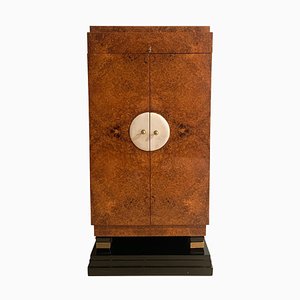
Art Deco French Black Lacquer Kidney-Shaped Desk
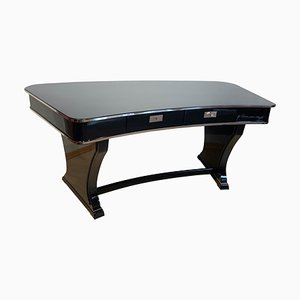
Bauhaus Desk in Rosewood Veneer by Erich Diekmann, Germany, 1920s
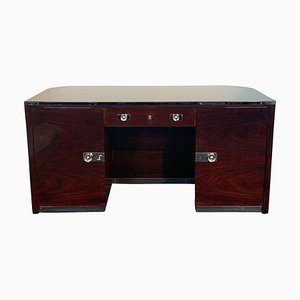
Art Deco Bauhaus Style Shelf in Chromed Steel and Glass, 1950s

Louis XVI Commode in Walnut, Maple, Plum, Ebony & Brass, South Germany, 1790s
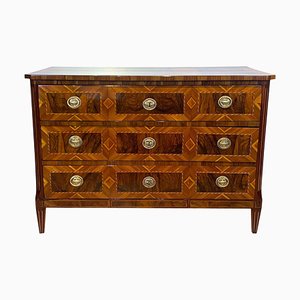
Neoclassical Biedermeier Armchair, Cherry Solid Wood, South Germany, circa 1900

Small German Biedermeier Walnut Veneer Commode, 1820s
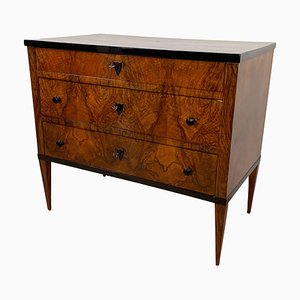
German Biedermeier Cherry Veneer Sewing or Side Table, 1830s

Biedermeier Board Chairs, Cherry Veneer and Mesh, Vienna, 1830s, Set of 6

Art Deco Club Chairs in Walnut Veneer, France, 1930s, Set of 2

Empire Sofa, Cherry Veneer, Full Columns, Horse Hair, Germany circa 1815
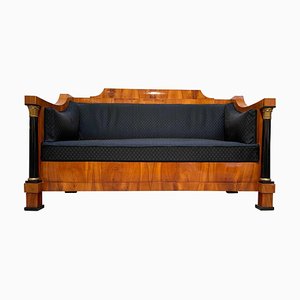
Original Art Deco "Mazda" Table Lamp, Copper and Rosewood, France, circa 1930

Art Deco Armoire in Amboyna Veneer and Black Lacquer, France, 1930s
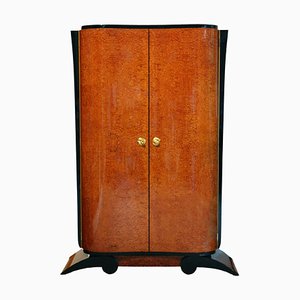
Biedermeier Armoire, Walnut and Birch Roots Veneer, South Germany, circa 1820
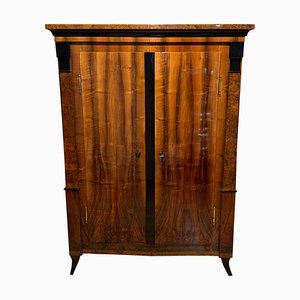



















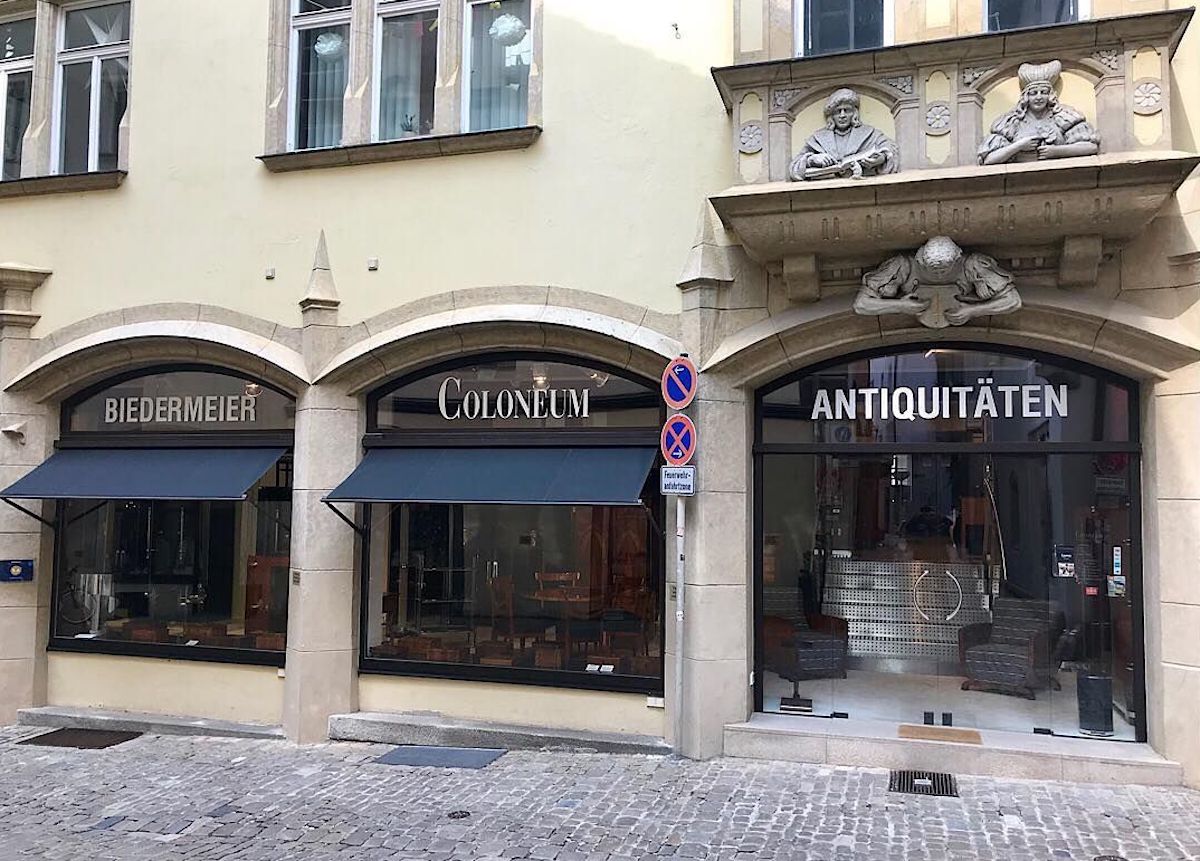 Coloneum Antik in Regensburg, Germany
Photo © Coloneum Antik
Coloneum Antik in Regensburg, Germany
Photo © Coloneum Antik
 Photo © Coloneum Antik
Photo © Coloneum Antik
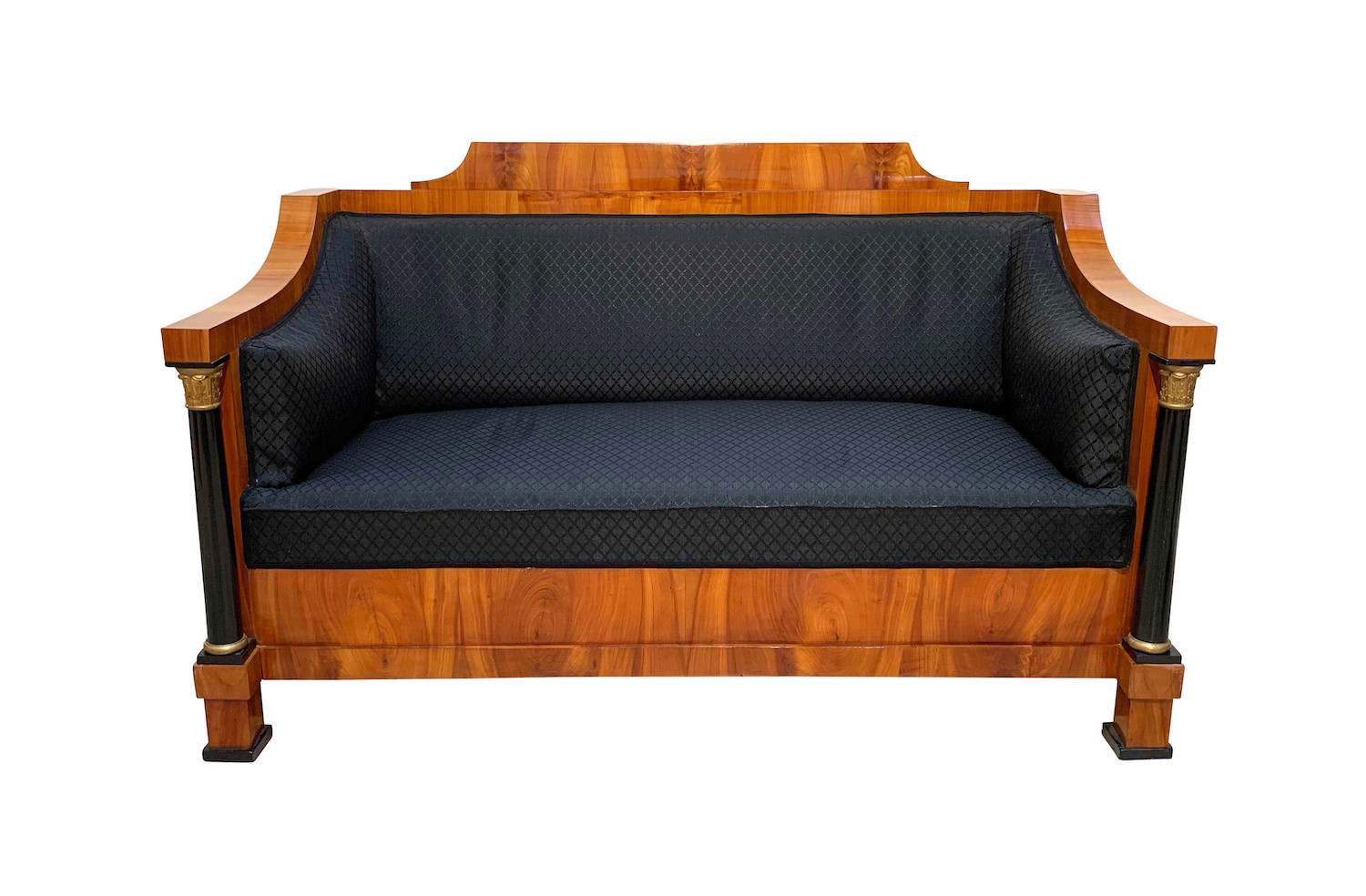 Biedermeier-Empire Sofa in Cherrywood Veneer and Horse Hair, c. 1810s
Photo © Coloneum Antik
Biedermeier-Empire Sofa in Cherrywood Veneer and Horse Hair, c. 1810s
Photo © Coloneum Antik
 Biedermeier Walnut Armoire, c. 1815-20
Photo © Coloneum Antik
Biedermeier Walnut Armoire, c. 1815-20
Photo © Coloneum Antik
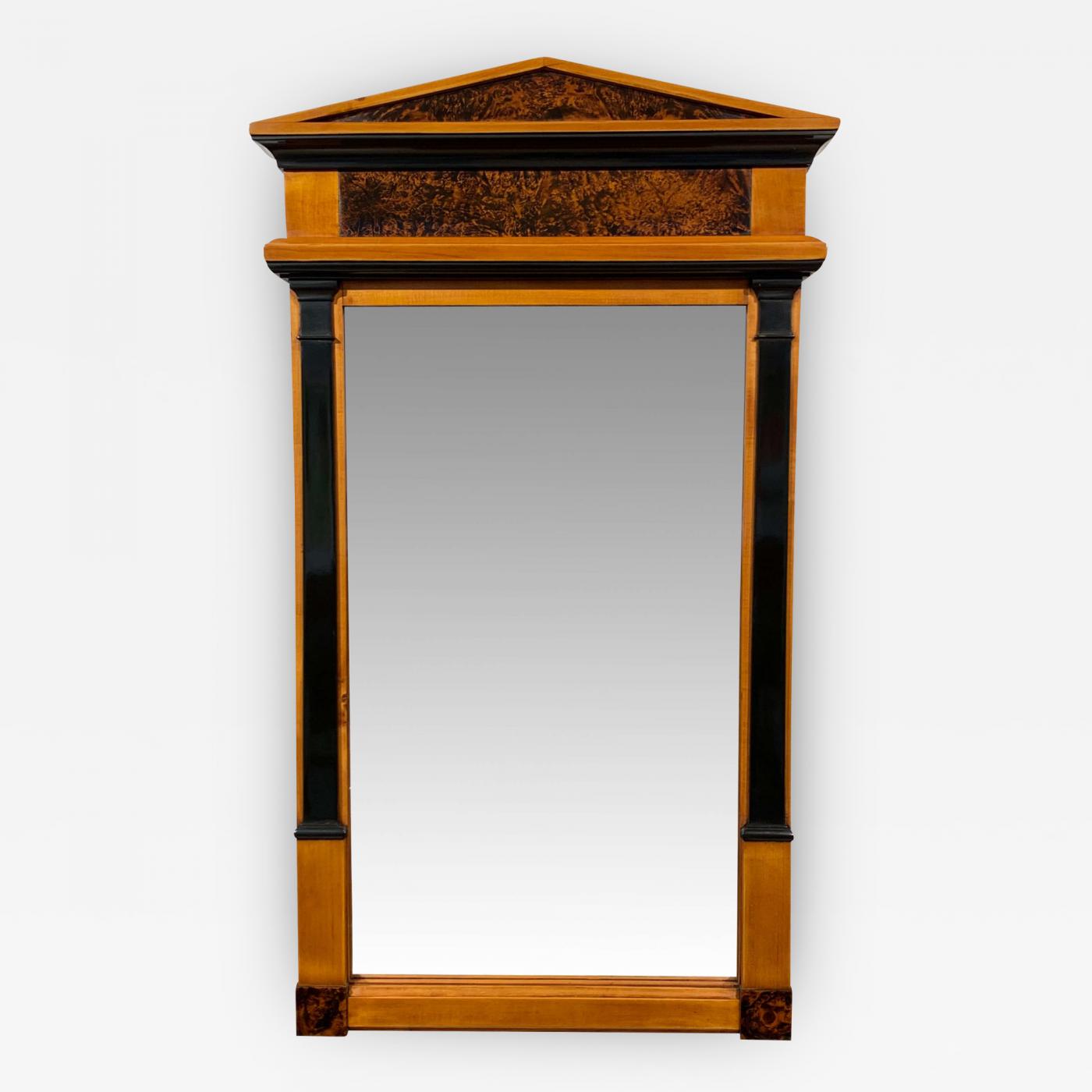 Neoclassical Biedermeier Mirror in Cherry Root and Walnut Root Woods, c. 1820
Photo © Coloneum Antik
Neoclassical Biedermeier Mirror in Cherry Root and Walnut Root Woods, c. 1820
Photo © Coloneum Antik